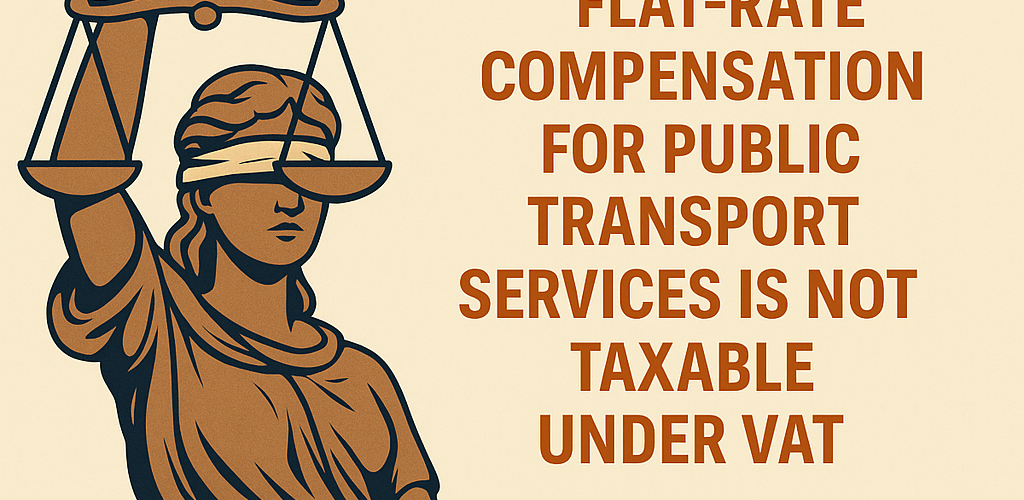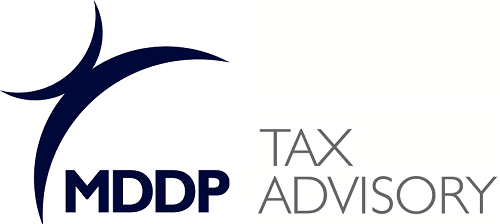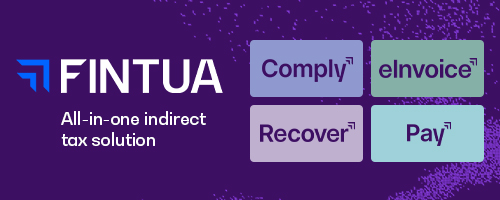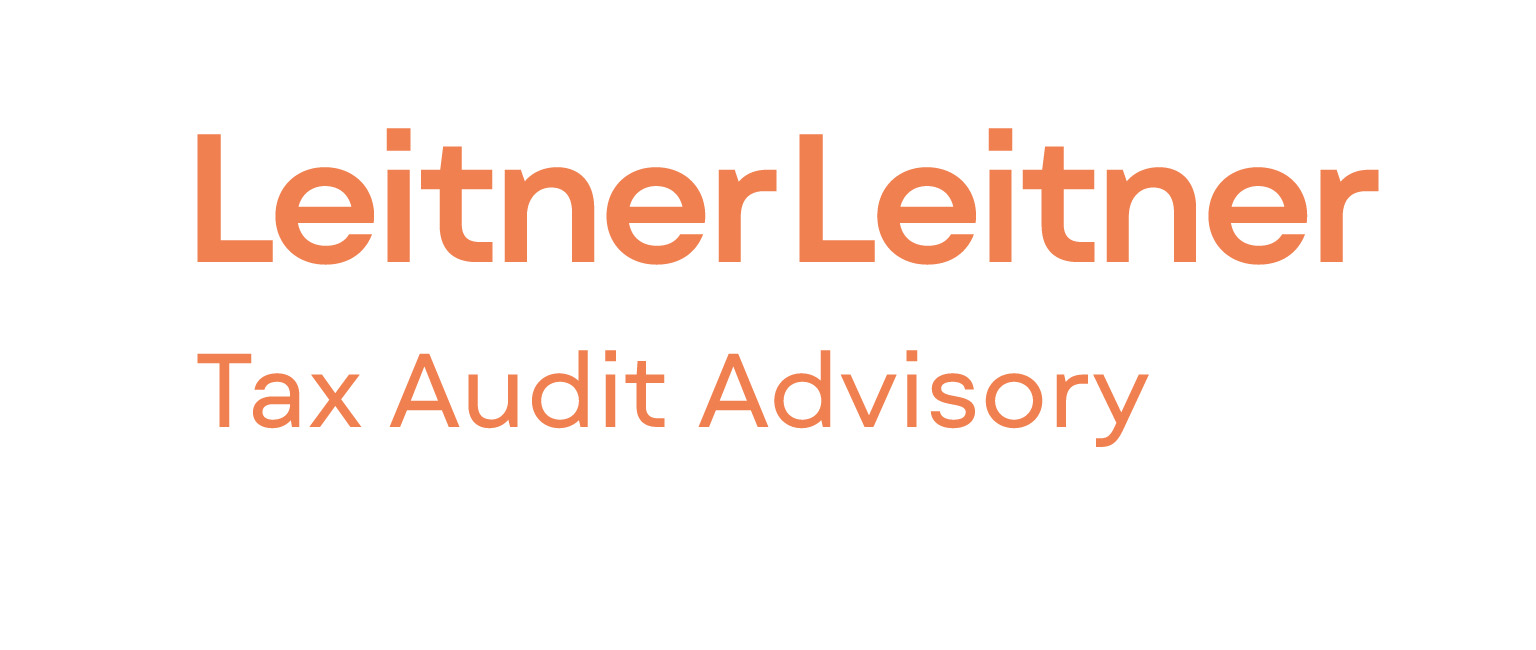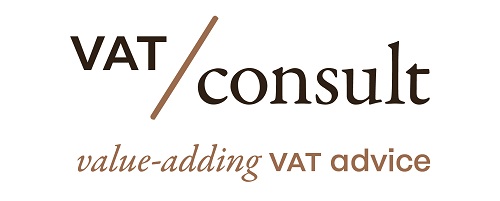I. Overview
This briefing document summarises the key aspects of the judgment by the Court of Justice of the European Union (CJEU) in Case C‑615/23, concerning the interpretation of Article 73 of the VAT Directive (Directive 2006/112/EC) regarding the taxable amount for VAT purposes of compensation paid by a local authority to a collective public transport service provider. The judgment addresses whether flat-rate compensation intended to cover losses incurred by the operator is included in the taxable amount for VAT.
II. Main Themes and Key Ideas
The central theme of the judgment is the interpretation of “subsidies directly linked to the price of the supply” and “consideration obtained…from…a third party” within the context of Article 73 of the VAT Directive. The case revolves around whether compensation paid by a local authority to a public transport operator to cover financial shortfalls constitutes a taxable amount for VAT.
Key ideas explored include:
- Defining “Subsidies Directly Linked to the Price”: The Court reiterates its established case-law on what constitutes a subsidy directly linked to the price. This requires the subsidy to be specifically paid to enable the supply of particular goods or services and that the purchaser benefits from the subsidy through a reduced price.
- Identifying the “Third Party” and the “Customer”: In this case, the local authority paying the compensation is identified as a “third party” within the meaning of Article 73, while the direct beneficiaries and customers of the public transport services are the users who purchase tickets.
- Direct Link vs. General Contribution to Costs: A crucial distinction is made between compensation that directly influences the price paid by the consumer for a specific service and compensation that is a general contribution to cover the overall costs or losses of an activity.
- Flat-Rate Compensation and Lack of Direct Price Influence: The judgment specifically addresses flat-rate compensation paid to cover losses. The Court finds that this type of compensation, which is calculated based on financial shortfall and factors like vehicle-kilometres offered, does not have a direct effect on the price of individual tickets paid by users.
- Distinction from Previous Case Law (Le Rayon d’Or): The Court differentiates the current case from the Le Rayon d’Or judgment (C‑151/13), where a direct link was found between healthcare services provided to residents and a lump sum payment from a sickness insurance fund. The key difference highlighted is the lack of a link to clearly identifiable individuals or specific usage in the public transport context, unlike the personalised care in Le Rayon d’Or.
III. Most Important Ideas/Facts and Supporting Quotes
- Article 73 of the VAT Directive defines the taxable amount: “In respect of the supply of goods or services…the taxable amount shall include everything which constitutes consideration obtained or to be obtained by the supplier, in return for the supply, from the customer or a third party, including subsidies directly linked to the price of the supply.” (Source 1, Paragraph 3)
- The compensation in question is paid by a third party (local authority) to cover costs/losses: P. intends to provide collective public transport services, and the local authority, as organiser, will pay compensation “to cover the costs it incurs in providing the collective public transport services…” (Source 1, Paragraph 5) and to cover “the financial shortfall resulting from that activity…” (Source 1, Paragraph 8). The organiser is considered a “third party”. (Source 1, Paragraph 22)
- For a subsidy to be directly linked to the price, it must enable the supply of particular goods or services and benefit the purchaser through a reduced price: “…it is necessary to verify that the purchasers of the goods or services benefit from the subsidy granted to the recipient. The price payable by the purchaser must be fixed in such a way that it diminishes in proportion to the subsidy granted to the seller or supplier of the goods or services…” (Source 1, Paragraph 25)
- The compensation in this case does not directly affect ticket prices and is primarily for covering losses: “As the referring court has found, such compensation has no direct effect on the price of the transport services provided, set by the organiser of those services, the purpose of that compensation being above all to cover the losses linked to that activity.” (Source 1, Paragraph 29)
- The compensation is granted ex post and is independent of actual use, depending on factors like vehicle-kilometres: “…that compensation is granted ex post and is independent of the actual use of the transport services, but depends on the number of vehicle-kilometres offered.” (Source 1, Paragraph 30)
- A general effect on price is not sufficient to make financing taxable as a subsidy directly linked to the price: “…the mere fact that financing may affect the price of the goods or services supplied by the body in receipt of that financing is not enough to make it taxable as a subsidy directly linked to the price, for the purposes of Article 73 of the VAT Directive…” (Source 1, Paragraph 32)
- The situation is distinct from cases where there is a direct link to individual services or users: In Le Rayon d’Or, there was a direct link between healthcare services and the compensation, determined by factors like the number of residents and their dependency level. In the public transport case, “collective public transport services benefit not clearly identifiable individuals, but all potential passengers. In addition, the compensation is calculated without taking into account the identity and number of users of the service supplied.” (Source 1, Paragraph 39)
IV. Conclusion
The CJEU concludes that flat-rate compensation paid by a local authority to a collective public transport operator to cover losses is not included in the taxable amount for VAT purposes under Article 73 of the VAT Directive. This is because the compensation does not constitute a subsidy directly linked to the price of the services provided to individual passengers, nor is it considered direct consideration for a specific supply of services to the local authority. The compensation is primarily aimed at covering overall operational costs or financial shortfalls, rather than directly reducing the price of tickets for users in a proportional manner.
This briefing is based on the provided excerpts and does not constitute legal advice. For a complete understanding of the judgment and its implications, the full text of the judgment should be consulted.
See also
- Join the Linkedin Group on ECJ/CJEU/General Court VAT Cases, click HERE
- VATupdate.com – Your FREE source of information on ECJ VAT Cases
Latest Posts in "European Union"
- General Court T-643/24 (Credidam) – AG Opinion – Unauthorized use of copyrighted works incurs VAT on fees
- General Court T-646/24 (MS KLJUCAROVCI) – Judgment – Triangular transactions can qualify for VAT simplifications despite delivery variations
- Comments on GC T-657/24: VAT exemption for credit intermediation applies when the intermediary searches for and recruits customers
- Briefing documents & Podcasts: VAT concepts explained through ECJ/CJEU cases on Spotify
- ECJ on the relevant sale for determining the transaction value of goods


